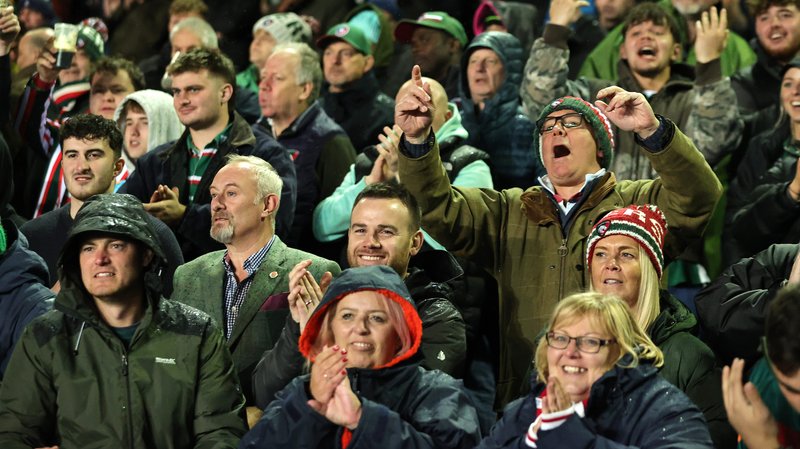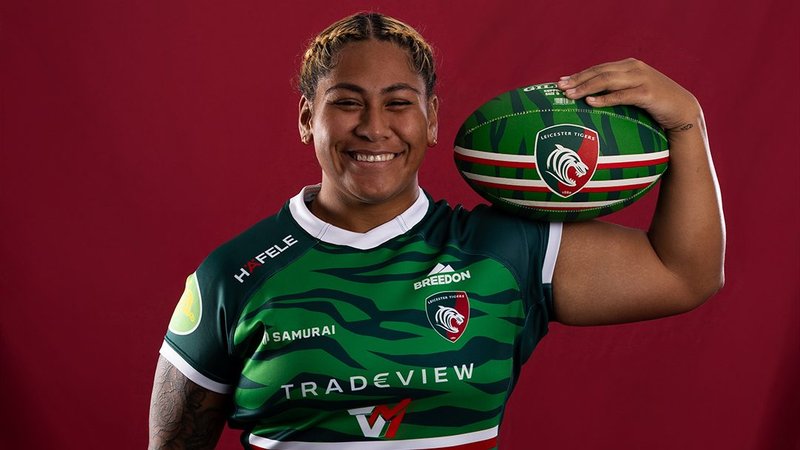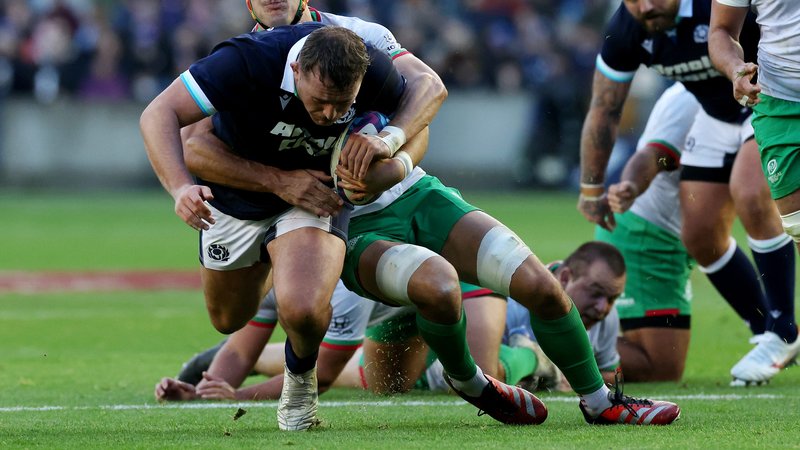Chris Ashton is available for selection for the club’s Gallagher Premiership away semi-final against Sale Sharks.
The Leicester Tigers outside back was shown a red card in the Round 24 defeat to Harlequins, which was reduced to a yellow by an independent disciplinary panel on Thursday afternoon.
The findings are below to read:
The case of Chris Ashton, Leicester Tigers, was heard today by independent disciplinary panel chaired by Gareth Graham sitting with Alastair Campbell and John Doubleday.
Panel chair, Gareth Graham, said: “The player was charged with dangerous tackling, contrary to Law 9.13, following his tackle on Cadan Murley (Harlequins) in the 39th minute of the match on 6 May.
"In a hearing that lasted almost five hours, the panel was shown numerous angles of the tackle, many of which were not available to the referee and the match officials at the game. The panel also had the benefit of hearing from Chris Ashton, and from Mr Murley, who were able to describe in detail their involvement in the incident.
"Mr Ashton accepted committing an act of foul play that would have merited a yellow card. Having seen and heard all the evidence, including that of Mr Murley, who gave a clear account as to the point of contact and the level of force involved in the tackle, the panel agreed with the submission that this was a yellow card offence.
"In arriving at that decision, the panel applied the Head Contact Process, as it was updated by World Rugby on 1 March 2023. This was an incident where there was some degree of head contact and where Mr Ashton accepted committing an act foul play when he made a tackle that was too high.
"As required by the Head Contact Process, the panel then went on to consider what the degree of danger was in the tackle. Having assessed all the evidence before it, including that of Mr Murley (who told the panel that the initial contact was to his right shoulder, following which the tackle rode up to his neck area, but that any force to his neck was minimal), the panel concluded that there was indirect contact to the head and that any force to the head/neck was low. Consequently, the panel concluded that there was not a high degree of danger and that the correct starting point under the Head Contact Process was a yellow card.
"Therefore, the panel found the charge not proven. Mr Ashton is thereby able to play with immediate effect.”
The full judgement will be available in due course.







